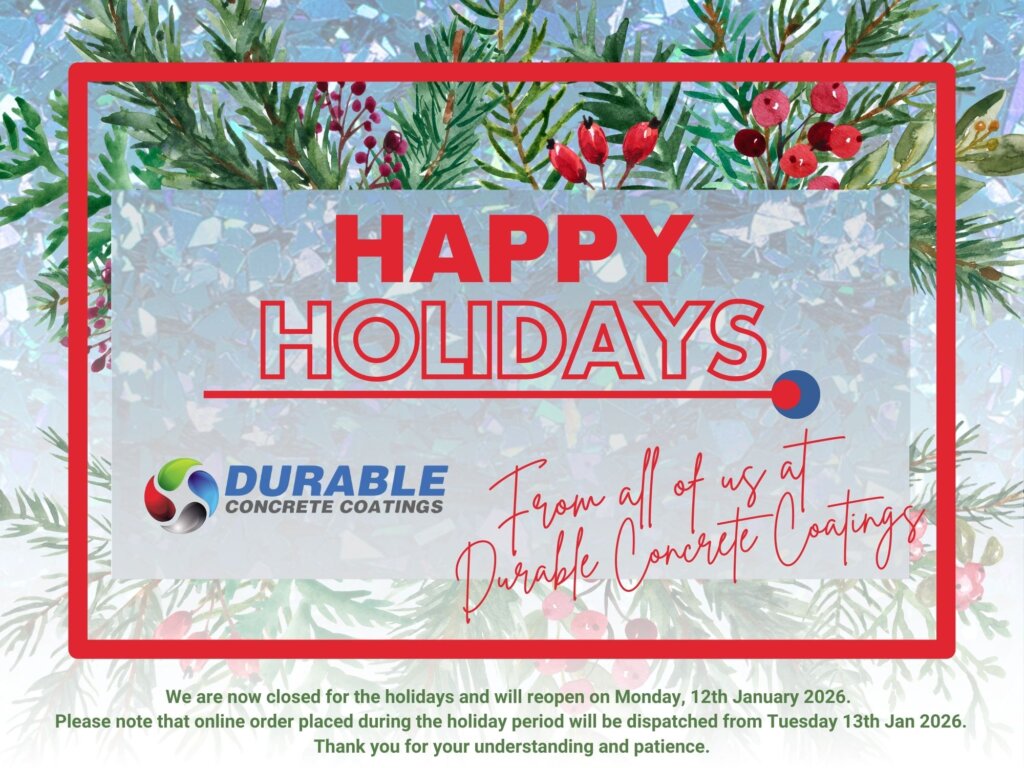Crack repair, spalls and chips and coving is carried out prior to your flooring application. Each defect can be caused through different problems such as pressure, movement, moisture, shrinkage or due to below standard concrete. There are different methods which can be applied when it comes to concrete crack repair. Each repair needs to be assessed individually on site to ensure the correct method has been selected to carry out the repair.
Concrete Levelling & Repair Compounds will be used and applied to smoothen a concrete surface. This may occur when there are too many imperfections, if the surface needs to be levelled, if a fall for drainage has to be achieved or if the floor has to be built up to a certain height. There are different materials and methods to carry out this task and the chosen material depends on the condition and the environment where the material will be applied. Factors to consider would be if it is an indoor or outside concrete floor, if the surface has to withstand foot, vehicular or forklift traffic or if there are mechanical, chemicals or other possible impacts. Some customers prefer the rustic look of the imperfections, much like art galleries.
Joint Sealing is an important application and should be carried out in a proper manner by a professional joint sealer. Structural joints are installed for deliberate expansion of the surface and should not be solid filled. Filling expansion joints with the wrong material will cause the joint to crack further or cause more cracking on. The quality outcome of joint sealing will provide maximum joint movement and UV stability and allow the structural joints movements and damage control.
Removal Old Coating & Re-coating has been recommended to be removed to assure best possible adhesion for the new coating system. Reasons for this may be old coatings can hold contamination’s, are not structurally sound or not a suitable foundation of a new coating system. All new or old concrete surfaces should be prepared by mechanical grinding, abrasive blasting, blast-tracking, or any other suitable preparation/cleaning methods. Surface to be treated must be structurally sound and the substrate compressive strength should be at least 25MPA and All non-structural cracks, holes and surface deformities should be repaired. In general, the surface to be treated MUST be clean and free of all traces of loose material, dirt, debris, mildew, oil, grease, old coatings, curing compounds, release agents, laitance, dust and other contaminants.
Durable Concrete Coatings® Epoxy Supplies specializes in the supply of two pack epoxy coatings, urethanes, concrete coatings, flake floor systems, metallic art epoxy, garage floor epoxy coatings, driveway coatings, sealers, primers, penetrating sealers, anti-graffiti coatings, protective coatings and specialty coatings.


© 2024 Durable Concrete Coatings | Disclaimer | Terms and Conditions | Privacy Policy | Website Terms of Use | Shipping & Returns Policy | Web Design & Development by DigiMedia Worx Pty Ltd

DISCLAIMER:
The Durable Concrete Coatings® Epoxy Supplies floor visualizer presents a preview of how a floor and its surrounding space might appear. Please note that the actual outcome may differ in terms of colours and proportions, influenced by variations in devices, monitors, and their settings.
This colour chart and accompanying swatches serve solely as a GUIDE. The colours shown and/or printed are replicated to the best of modern printing capabilities. However, the final colour may differ based on factors such as product variations, surface discrepancies, substrate types, job conditions, textures, and finishing techniques. It is advisable to apply a sample on a small section of the substrate before full application to ensure the desired colour accuracy.
Durable Concrete Coatings® Pty Ltd assumes no liability or responsibility for colour discrepancies.